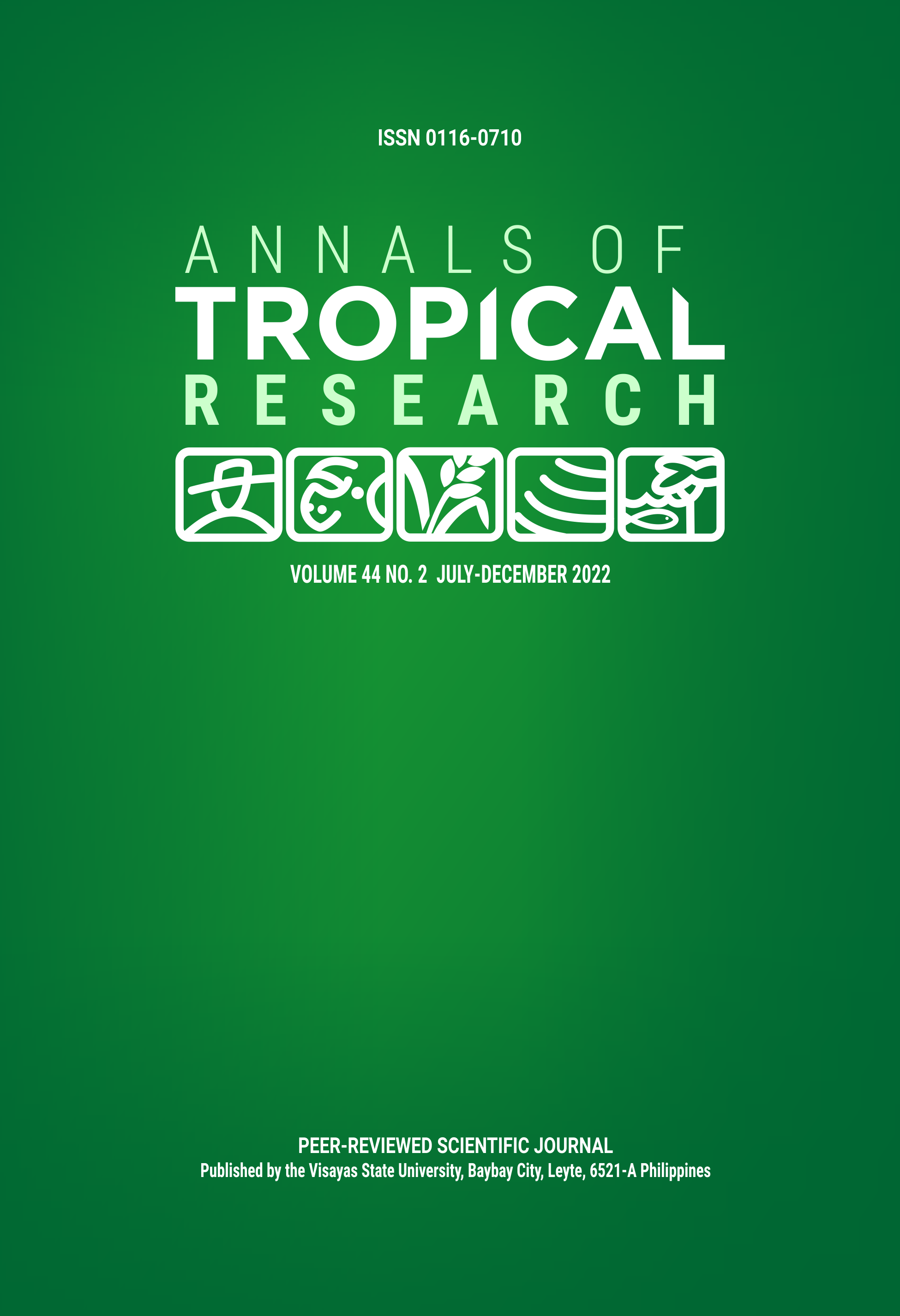Bacteriological examination of the water and sediments in Palhi and Salog rivers in Western Leyte, Philippines
DOI:
https://doi.org/10.32945/atr4424.2022Keywords:
Freshwater ecology, indicator bacteria, water quality monitoring, total coliforms, river system, heterotrophic plate countAbstract
Rivers around the world are threatened by destruction caused by anthropogenic activities despite the important services they provide for humanity. This study was conducted to determine the water classification and recommended beneficial uses of Palhi and Salog Rivers based on the most probable numbers of total coliforms, and also to evaluate the abundance of heterotrophic bacteria present in the water and sediments of the rivers as potential indicators of environmental disturbance. A Multiple-tube fermentation test was conducted to determine the most probable number of total coliforms in the river waters. Heterotrophic plate count of total aerobic heterotrophic bacteria was determined by counting the colony-forming units that grew on nutrient agar. Geometric most probable number means of total coliforms revealed that only the upstream of Palhi and Salog Rivers could be used for contact recreational activities. The midstream and downstream of both rivers are recommended for non-contact recreational activities only, due to elevated total coliforms. The heterotrophic plate count of total aerobic heterotrophic bacteria of water and sediment samples for the three stations in Palhi River were not significantly different while in Salog River higher numbers of total aerobic heterotrophic bacteria occurred in the downstream compared to the upstream. However, no significant differences on the heterotrophic plate count of total aerobic heterotrophic bacteria levels were found between the water and sediments for the two rivers. The results of this study imply that monitoring and proper management of the rivers should be done by all sectors of the community for the protection of these invaluable resources.
Downloads
Submitted
Published
How to Cite
Issue
Section
License

This work is licensed under a Creative Commons Attribution-NonCommercial-ShareAlike 4.0 International License.











